
Smartphones have long been regarded to be ringing the death knell of digital cameras, but that has mostly been hyperbole. Sure, the old point-and-click cameras may have finally met their match, but professional-grade shooters like DSLRs will hardly feel threatened. While smartphones have quite a number of desirable features like advanced computational photography and filters, dedicated cameras win in the sheer raw power of their optics. That’s especially true since they can easily switch out lenses as they need to while keeping the same powerful sensor. Since that’s nearly impossible with smartphones, the OPPO Find X7 Ultra has made the bold decision to carry the world’s first Quad Main Camera system that’s poised to blow the competition out of the water and deliver stunning photos at every click.
Designer: OPPO
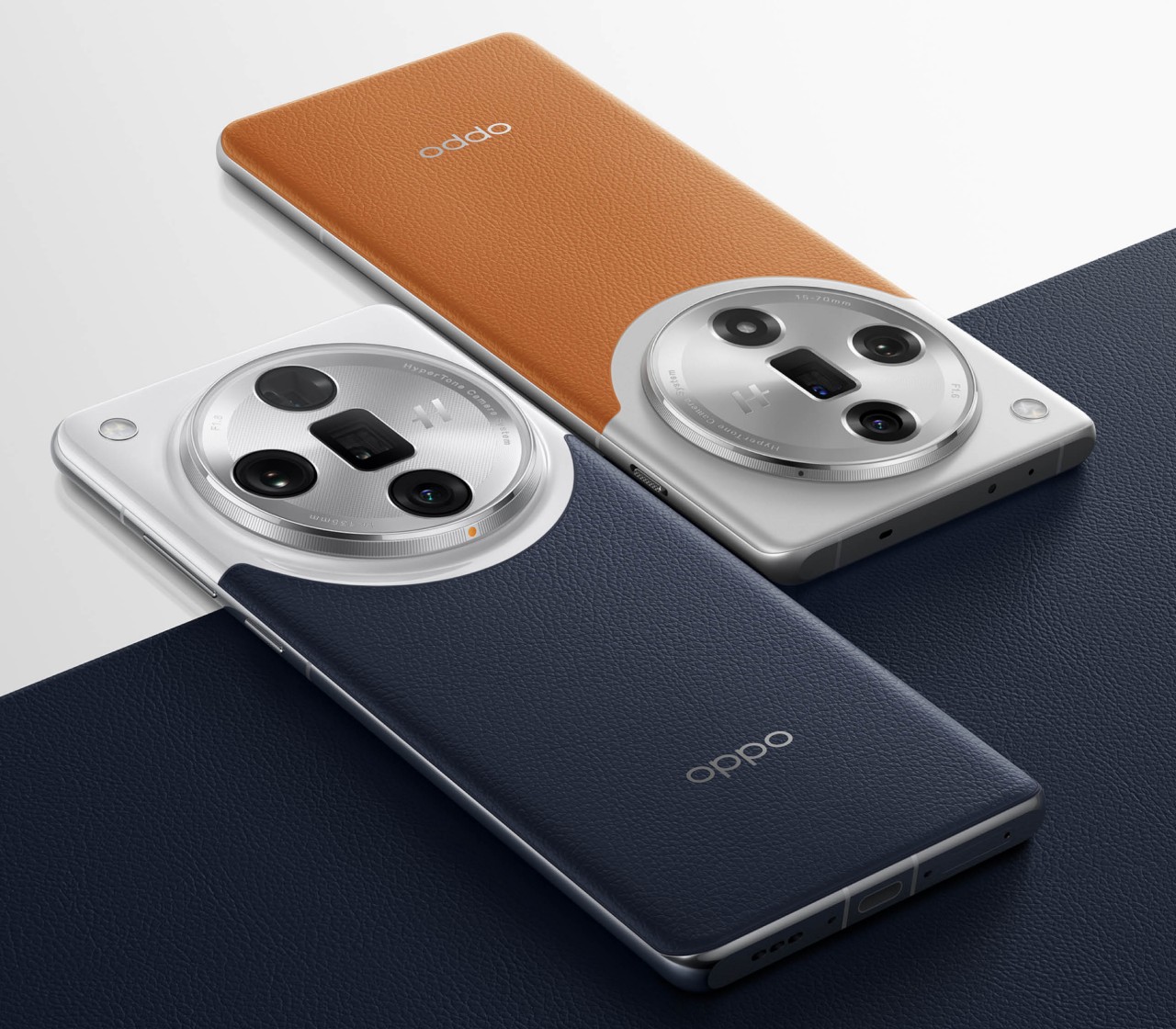
Smartphones have started using more than one camera to make up for the inability to switch lenses. Each camera used a different lens with a different focal point, but because of limitations in past technologies and design, phone manufacturers were forced to make do with different sizes of sensors to fit inside a smartphone’s cramped space. This meant that ultra-wide or telephoto cameras would have significantly different output qualities from the main camera, sometimes better, more often worse. Parity between these cameras is exactly what OPPO has been trying to deliver in the past generations, culminating in what is probably the most advanced smartphone camera system in the market to date.
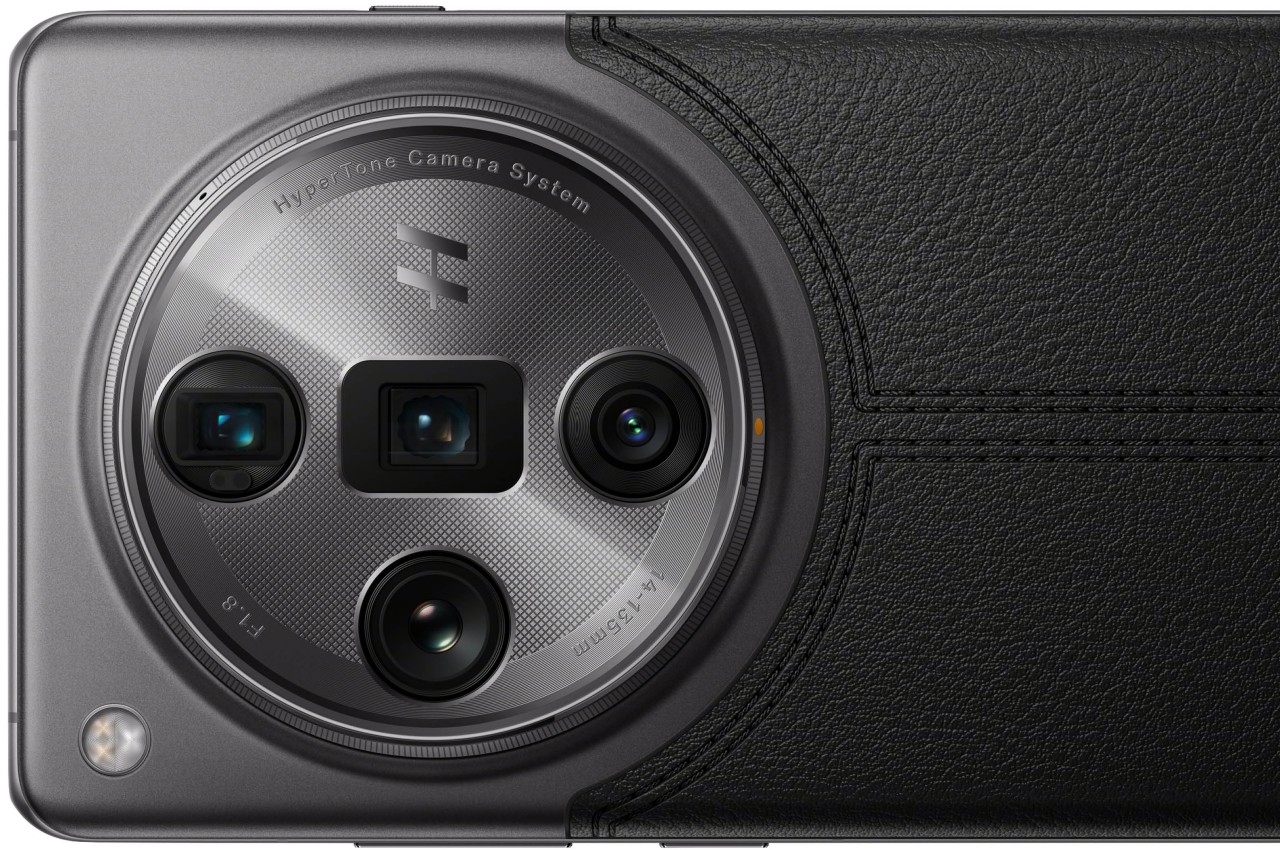
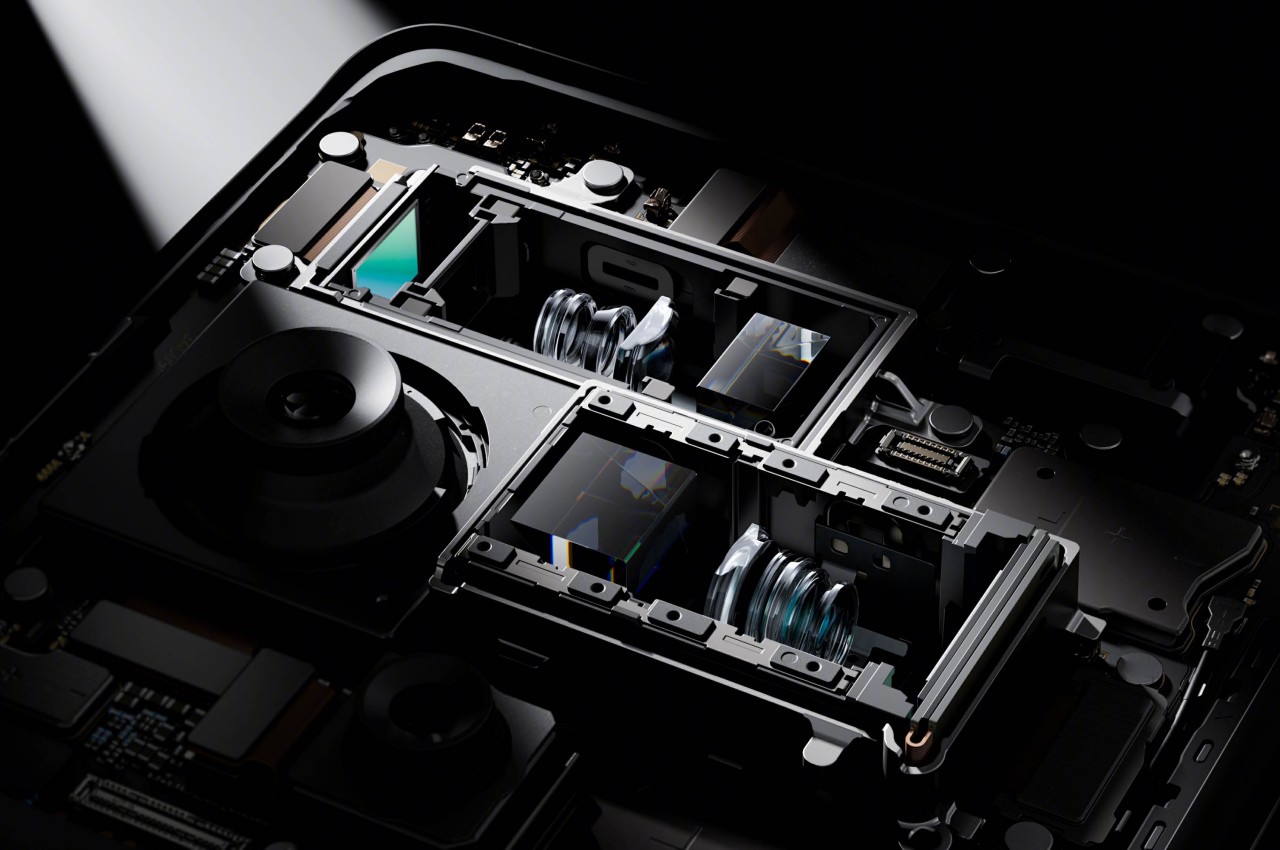
The OPPO Find X7 Ultra boasts not only a quad camera system but a Quad Main camera system. Although they differ slightly in terms of specific specs, all four use a 50MP sensor, lead by the new Sony LYT-900, the latest generation of that coveted 1-inch sensor. What this practically means is that there is no loss of quality and no disconcerting jitter when switching between wide, ultra-wide, 3x zoom, and 6x zoom cameras. And yes, the phone has two optical zoom telephoto cameras, both of them with periscope-style lenses. With this unprecedented combination, OPPO is able to seamlessly cover a wide range of focal points, from 14mm to 135mm to even 270mm as if it were changing DSLR lenses on the fly.


Combined with this impressive hardware is OPPO’s new HyperTone Image Engine, designed to combat the unnatural colors, exposure, and sharpening that most computation photography software produces on smartphones today. Along with the famed Hasselblad Portrait Mode that accurately emulates four iconic Hasselblad cameras, you are promised to get breath-taking and natural-looking images, as if they were taken with a professional DSLR or mirrorless camera. And if you’re the type to really get into the nitty-gritty of camera settings, the Hasselblad Master Mode upgrades the typical Pro Mode to add even more fine-grained control over image quality.

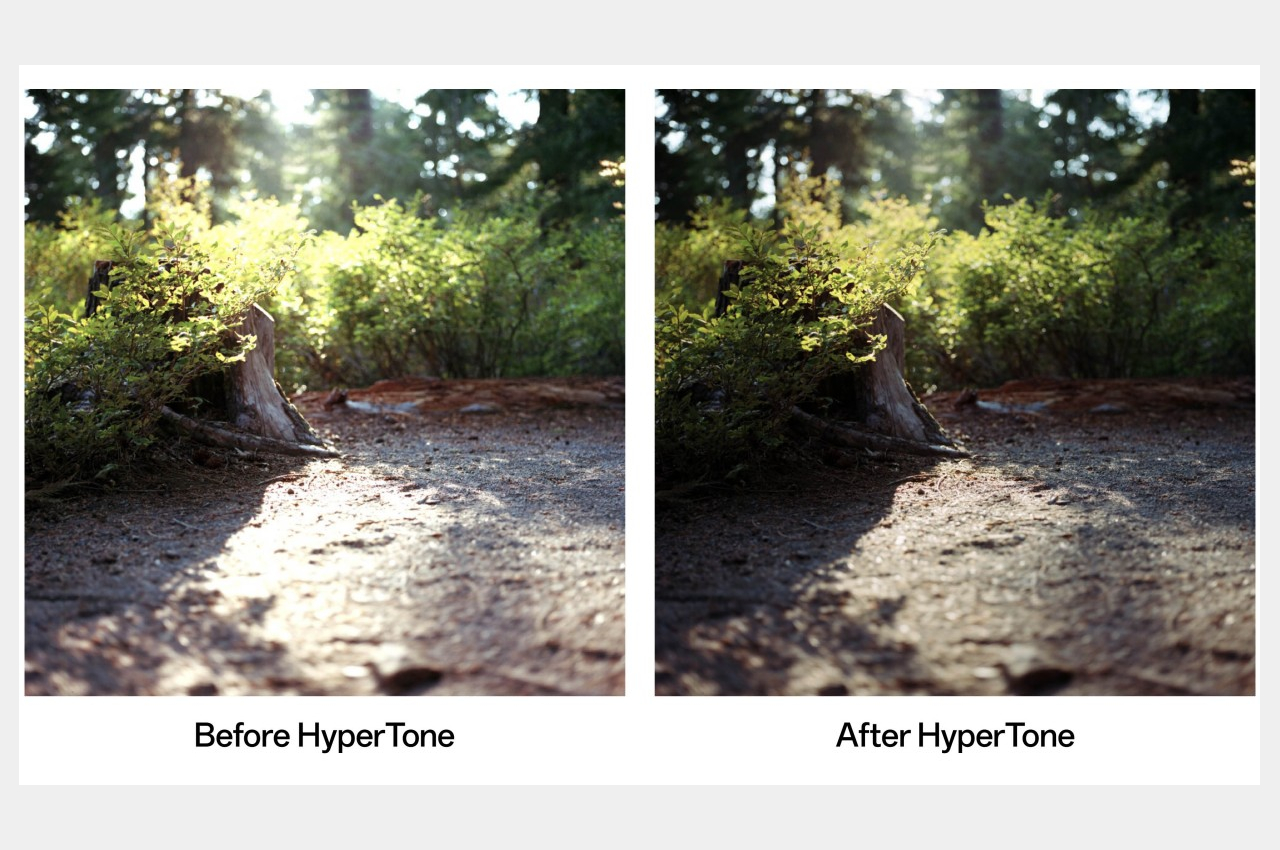
Despite all the camera hardware packed inside, not to mention the latest and greatest components available in the smartphone industry to date, the OPPO Find X7 Ultra remains slim, sleek, and stylish, belying its powerful capabilities. The two-tone design of the previous Find X6 generation returns with a bit more character this time, wrapping around the distinctive camera circle more loosely. Available in Ocean Blue, Sepia Brown, and Tailored Black, the OPPO Find X7 Ultra marries head-turning elegance and groundbreaking performance in a package that’s sure to give shutterbugs something to talk about.
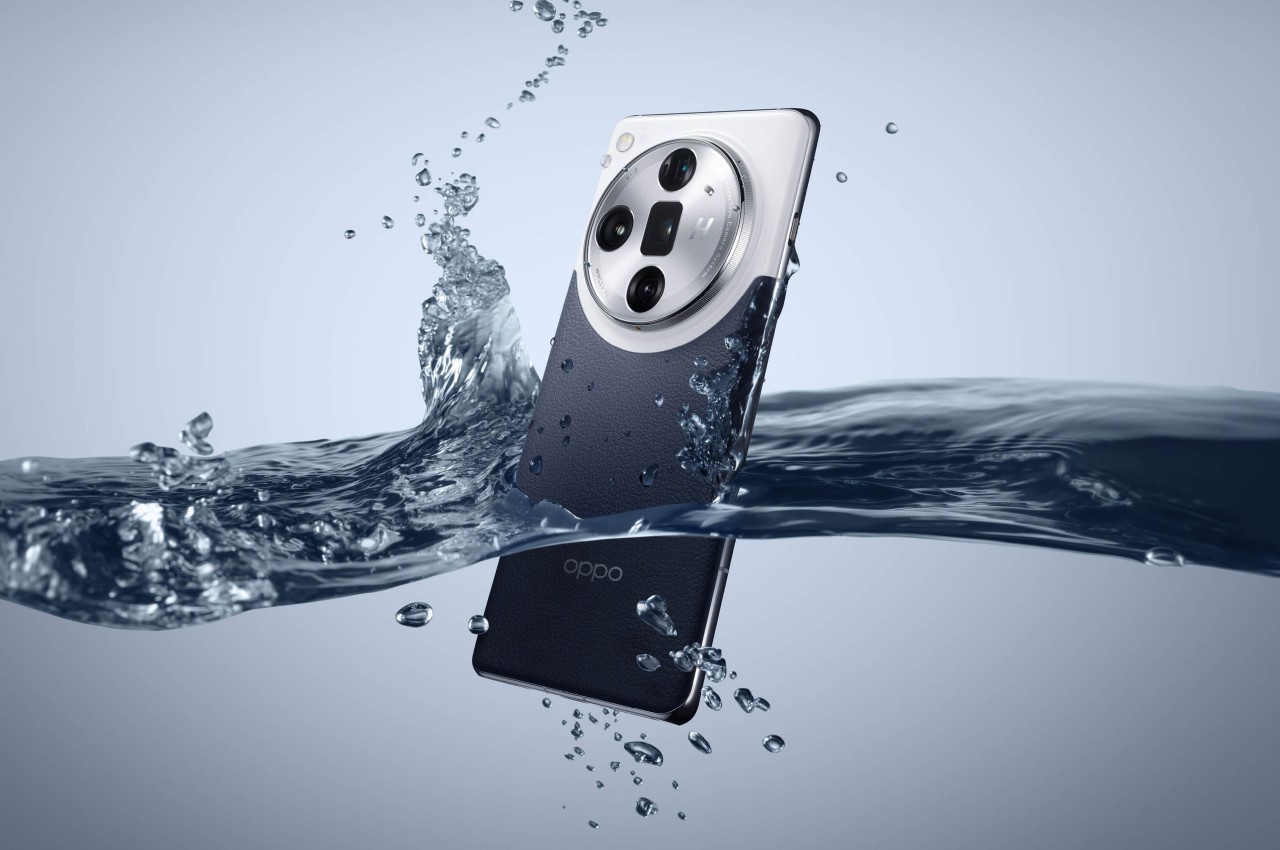
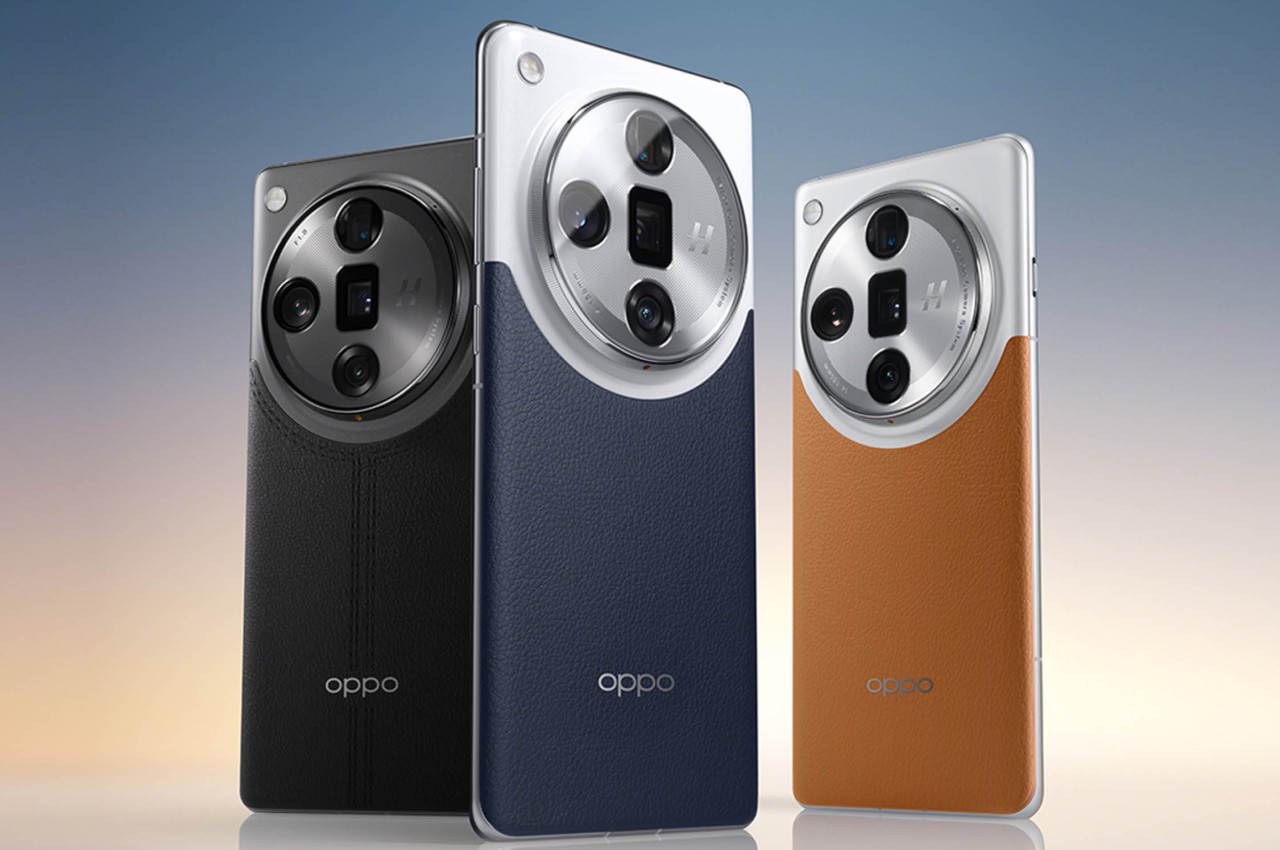
The post OPPO Find X7 Ultra with four main cameras challenges the status quo first appeared on Yanko Design.